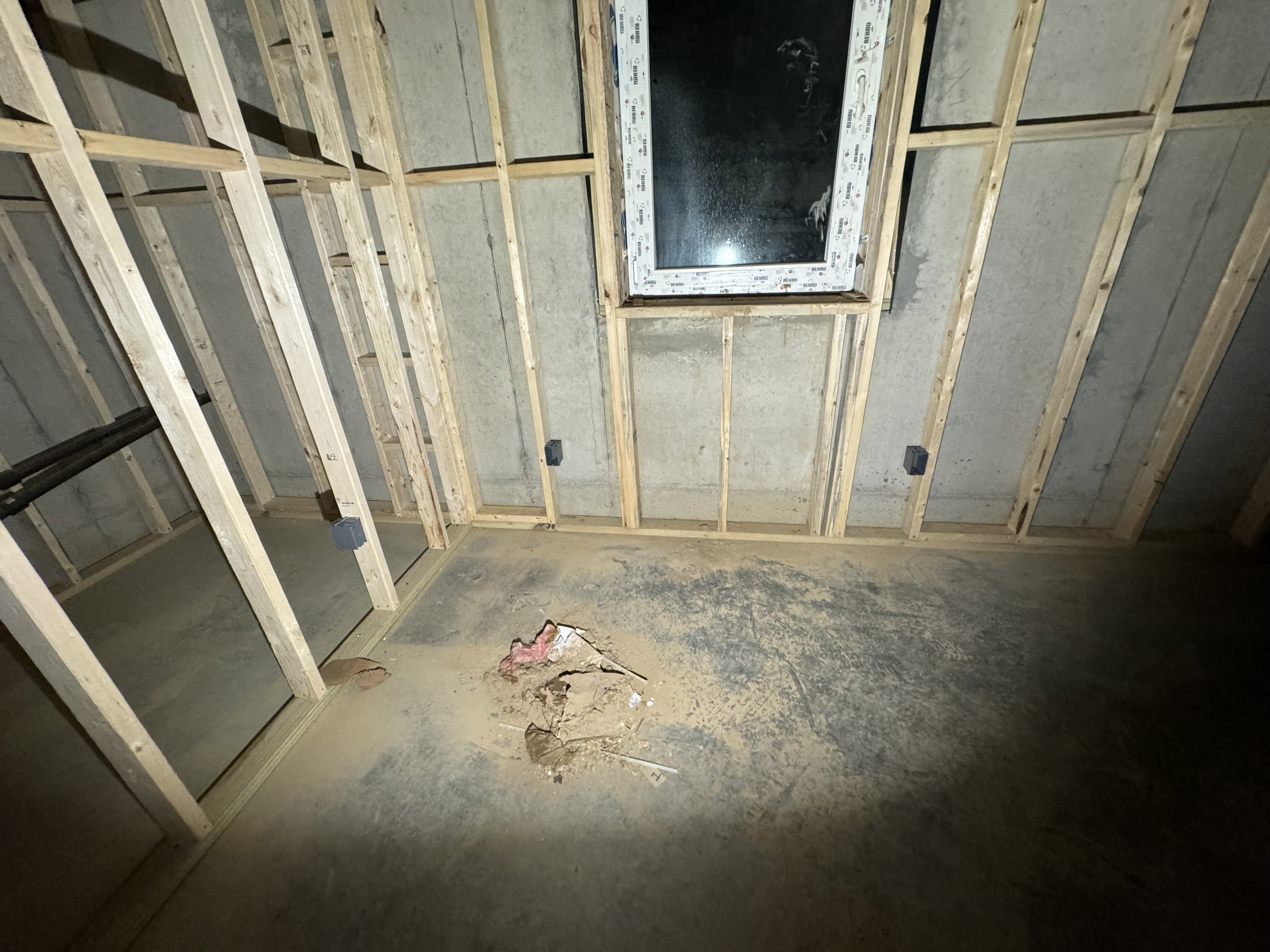Weeks 27-29 Construction Loans and Electrical
So we’ve hit some massive milestones recently and we can’t wait to show you some impossible to see what’s happening electrical cables going through thermal studs. Before that, let’s talk loans. Specifically, construction loans. You can scroll past all the boring stuff, but is it really that boring talking about how banks turn dreams into reality?
Pull on up a chair, folks, Joshua has some words to speak to this concept of construction loans. First of all, let’s get the most important thing up front: we are not giving advice and anything you choose to do with what we write on this blog is your choice with your consequences. Also, most importantly, Elizabeth deserves full credit for insisting we work with a local bank where we could meet and talk to the person who would be investing local capital in our project. We can’t say enough wonderful things about the people over at Home National Bank, especially our banker Neil Taylor. When we were trying to get this project started, Neil answered all of our questions and more about how this process works, and he gave us a fair interest rate.
How do construction loans work? Well, you sign a bunch of paperwork, much like a mortgage, but you agree to pay the interest on the money that has been withdrawn, with no capital pay-down. The bank breaks up the loan into five or more draws that have estimates attached to milestones. Think: the first 20% of the loan should cover the foundation. Once the bank agrees the foundation has been completed, the next 20% is unlocked. Finally, the loan is due one year from signature, in full. Generally, you would pay that balloon payment loan off with a mortgage to match the full balloon payment.
Oh, you thought I was done with boring financial talk? Not yet. The construction loan doesn’t just magic itself into reality. The bank has to prove you are creditworthy in some largely unbiased look at your income, assets, and credit history. Also, the bank will have an independent local assessment expert review your plans and attach a market value to your property and your plan. So, if everything aligns, hopefully, the assessor thinks the market would think your finished project would be worth as much or more than it would cost to build. Because the bank is only going to loan you a percentage of the cost of their perceived value of your finished project.
Finally, we come to the thing I was leading up to: We signed our construction loan way back in March 2023 for a year. Well, March 2024 is basically here and we don’t have a certificate of occupancy and we can’t get a mortgage without one. So where does that land us? We just asked Neil very nicely to extend the terms of our loan through to September 2024. He took that request to the loan review board and we now have a very nice extension to finish up this project. It’s pretty common since the pandemic to hit large availability gaps in materials and workforce to complete a project in less than a year. It didn’t help that we really didn’t break ground until June or July, a few months after we secured the construction loan and started the wheels turning.
Oh, right, the electrical rough-in started! Here are some photos of that!












